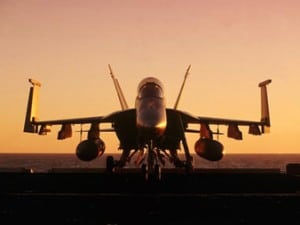
The State Department on Sept. 30 approved billions of dollars in possible Foreign Military Sales (FMSs) to Switzerland for F/A-18 E/F Super Hornets, F-35 Joint Strike Fighters, and Patriot defense systems being considered in an air defense modernization program. Switzerland is planning to replace its legacy F/A-18 C/D Hornets and F-5E/F Tiger IIs with up to 40 new aircraft under the Air 2030 defense modernization program. It is considering the Boeing [BA] F/A-18E/F Super Hornets, Lockheed Martin [LMT] F-35A, Germany-made…

 By
By 











